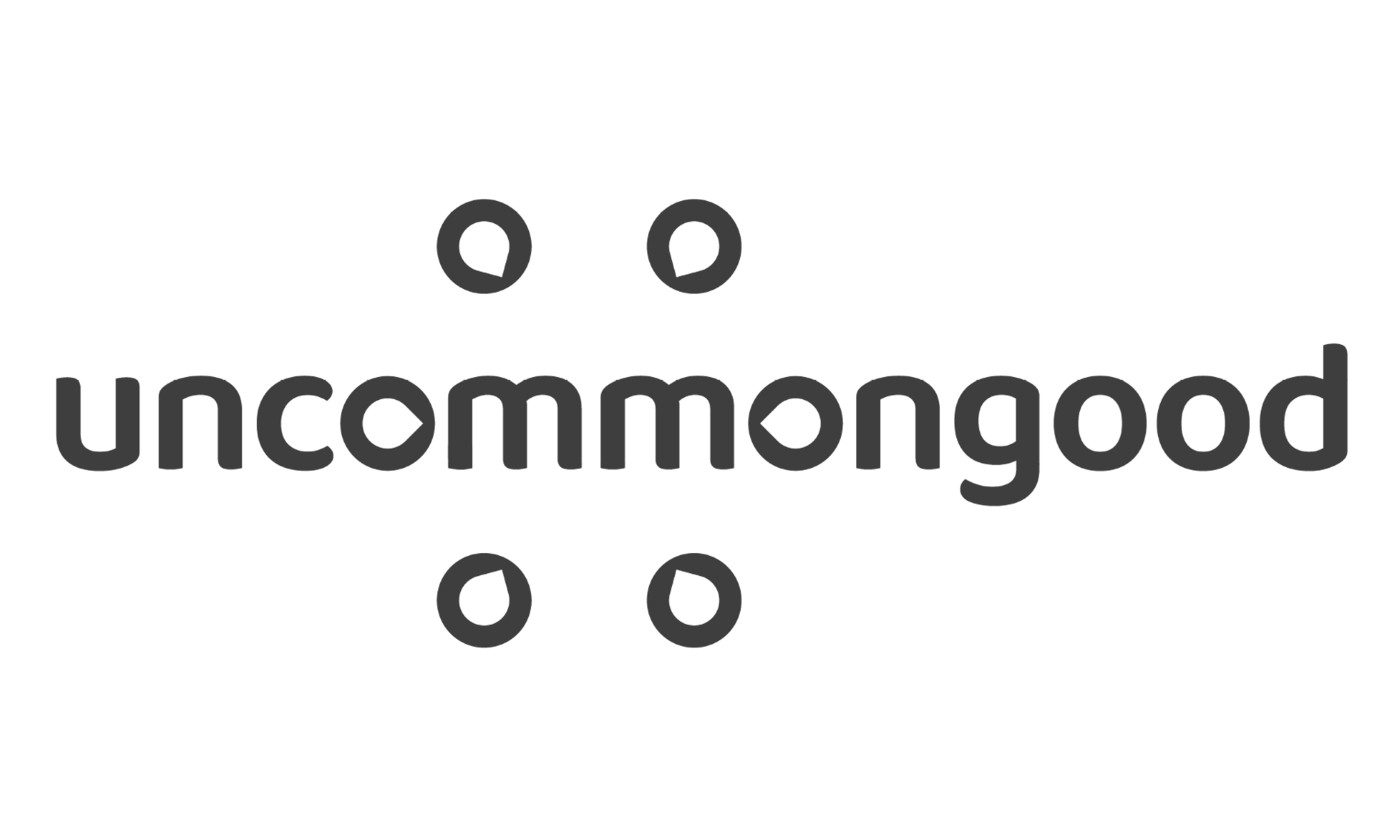When it comes to your nonprofit marketing strategy, donor engagement is key. Your donors are your foundation, and support your mission by spreading awareness, volunteering time, and donating the necessary funds to achieve your organizational goals. Increasing donor engagement means growth across the board for your organization. So how do you harness the incredible power of your donors?
Here are some of our favorite donor-focused nonprofit marketing strategies.
1. Focus on the details of donation impact
Focusing on donation impact is a crucial element of ensuring an effective nonprofit marketing strategy. One of the easiest, most impactful ways to increase donor engagement is simply telling your donors where the funds are going in great detail. When a donor knows their gift made a difference they are more likely to continue to give. Share stories about your challenges and success. Let them know how your nonprofit is making a difference.
Also, be transparent about how you use the money. Many donors find the transparency refreshing and it also helps them feel like they are making a concrete impact.
In one study, researchers found that when donors were presented with specific details about where their money would be used, they increased their donation amount significantly. The more details, the better — donors want to know, understand and feel that their impact matters (because it does!).
2. Create volunteer opportunities
Volunteering can be a low-stakes, low-cost way for people to get involved with your nonprofit’s mission. And over time, those volunteers can become future donors, who are more likely to contribute when they’re able after having volunteered first.
According to the Abilia Donor Loyalty Study, “nearly 75 percent of those who volunteered say they are more likely to donate.” This statistic was found to be “especially true for millennials,” as 52 percent in that age bracket alone were most likely to donate after volunteering.
A great way to work this method into your nonprofit marketing strategy is to create a benefits program for volunteers. If you’re a nonprofit like a zoo that focuses on conservation and charges admission at the door, offer discounted memberships and other perks as a reward for volunteering.
Another route to creating and retaining volunteers is hosting volunteer-only events and sneak peeks. These, too, can be cost-effective; events like volunteer-only streamings or exclusive Q&As with founders and employees can help volunteers feel involved, heard, and valued by your organization.
Providing benefits and perks to volunteers who may not necessarily donate money yet is a great way to hook younger demographics to ensure you’ll have a future expanded donor base in the years to come.
3. Remember, good content drives a big impact
Everyone loves a feel-good story, but quality content may be more important to organizational success than you thought. For optimum donor engagement, high-quality content is paramount to a sound nonprofit marketing strategy. According to the Abila study, “nearly 75 percent of respondents say they might stop donating to an organization based on poor content, including vague content, dull content, irrelevant content, and inconvenient formatting.”
Here’s how you can boost your content as part of your nonprofit marketing strategy:
- Create a blog
- Highlight your organization’s everyday work and upcoming events. Frequent updates and impact-driven stories that are especially shareable on social media platforms are a great way to drive donor engagement and increase visibility. Bonus points if you can optimize them with targeted keywords to improve your searchability online.
- Make your website user-friendly
- According to the Charity Dynamics “Nonprofit Donor Engagement Benchmark Study,” all age demographics (age 18+) engage with an organization’s website if they want updated information. This means if your website is poorly organized or hard to navigate, you could lose potential donors simply because they can’t find what they’re looking for. Invest in a great website with an easy-to-use design, a mobile-friendly layout, and clear calls to action. Simply having your website function well is more important than any other nonprofit marketing strategy.
4. Target different audiences through multiple communication methods
Knowing how to speak to your audience can be half the battle when it comes to honing a nonprofit marketing strategy. Enhancing donor engagement relies on understanding your donor base. And many times, that means employing different comms approaches for different groups of people.
According to the Charity Dynamics “Nonprofit Donor Engagement Benchmark Study,” ages 21-39 are the largest demographic who receive newsletters and email communications in general. Physical mailers primarily go to the bulk of those ages 30-70,. And when it comes to social media platforms, ages skew significantly per platform in terms of how the channel is used and engaged with (i.e. millennials are more likely to “like” a Facebook page than Gen Z users).
These statistics alone can impact the way communications are built and designed. Physical mailers may not need to incorporate the most on-trend fonts, references, or copy — but an email communication likely should incorporate references and user experience strategies that do.
This is why it’s important to survey your donors. Ask them what they want and perform A/B testing to see which communication methods are landing. If you see a significant increase in unsubscribes from your newsletter, you might be sending out too many out each month, or sending out content that isn’t resonating with the existing audiences.
Not only do you need to know who your audience is and how to communicate with them — you also should personalize those communications. One study found that “approximately 71 percent of donors feel more engaged with a nonprofit when they receive content that’s personalized.”
Misspelled names or irrelevant, off-brand messaging and information can negatively impact your donor engagement. But when you prove you know who they are and value them as your followers, your relationship (and your nonprofit’s cause) will be more likely to last and grow.
5. A ‘thank you’ goes a long way for retention
An easy way to increase donor engagement is simply by showing your appreciation for supporters. Sending a simple prompt and friendly acknowledgement after someone gives to your organization makes the giver feel good and also sends a message that your nonprofit is well-run and organized.
Whillan conducted her own study at the University of British Columbia in 2014. She surveyed 300 high-net-worth donors and asked what recognition stood out the most in making them feel valued and good about giving.The most popular answer was receiving a thank you letter. And perhaps more surprisingly, some of the donors who typically gave the most (in this case, over $10,000) reported that they even preferred thank you letters over typical forms of recognition like tax incentives.
That said, it’s not just high-level donors that appreciate the power of a thank you. Donors from every level of giving respond positively to being appreciated.
A great example of this is with charity: water’s “Thank You campaign,” created to celebrate the organization’s fifth anniversary. Their thank-you videos were aimed at supporters who had helped them raise $42 million dollars, which they used to start 4,282 water projects benefiting 2 million people. Individual charity: water staff members created their own videos and content to encourage supporters to start their own campaigns. They even created “Thank You” videos personalized for individual givers, children and adults alike!
One hundred percent of those funds raised went towards the September Campaign, focused on providing clean water to 40,000 more people annually in Northern Ethiopia. This campaign ended up raising over $1.2 million and resulted in the purchase of two drilling rigs for the cause project.
When done right, it will come naturally.
When it comes to increasing donor engagement, always remember to be authentic. Your nonprofit marketing strategy should focus on building relationships, sharing and listening to stories, and getting to know your donors. Don’t view your supporters as a number or a statistic. Personalize your messaging, understand who you’re talking to, and above all else: don’t forget to say thank you.
Need help connecting to your audience and creating the tools necessary to communicate with them effectively? UncommonGood wants to help. We’ve created an affordable one-stop-shop for nonprofits like you to have the same kinds of tools larger organizations have access to.




